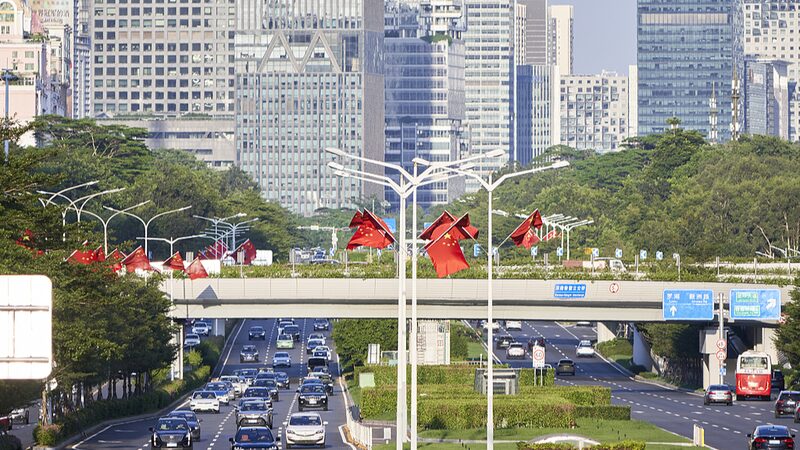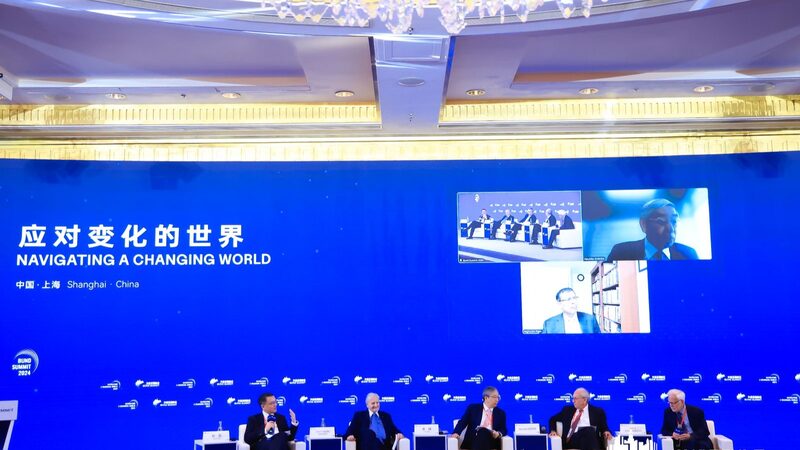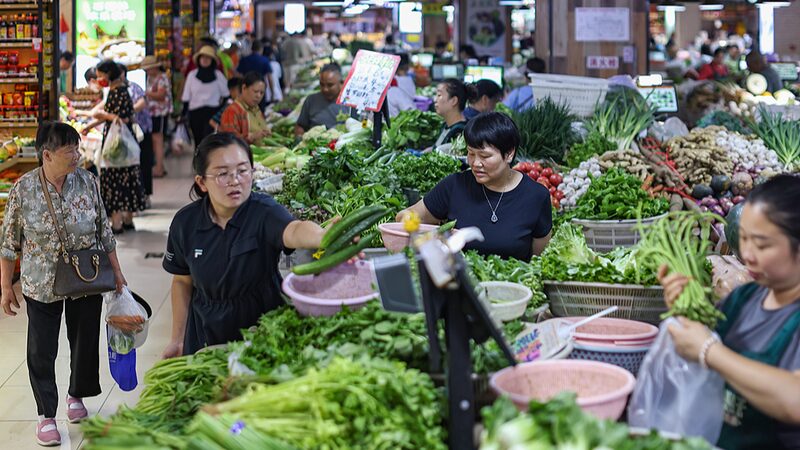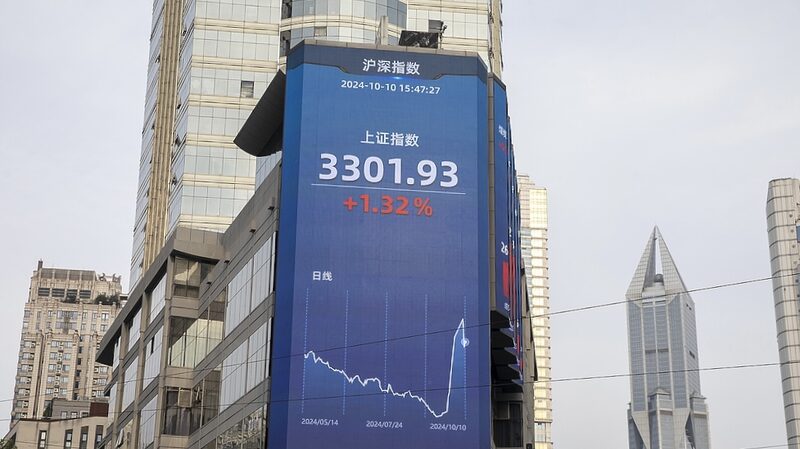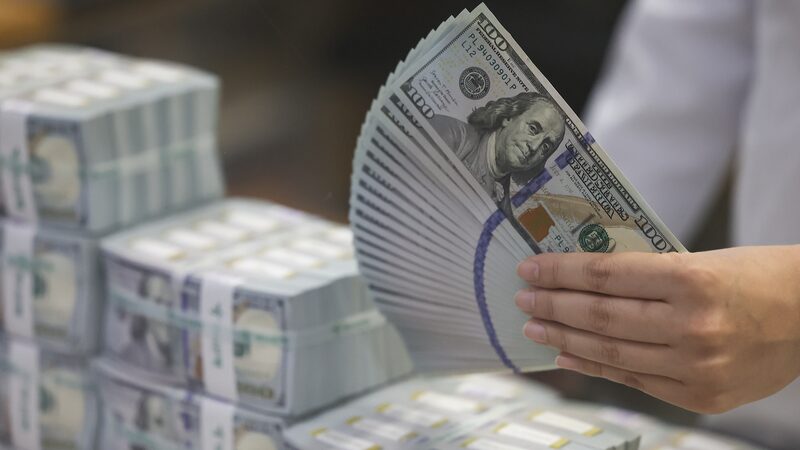U.S. retail beef prices reached unprecedented levels in July, climbing over 10% year-on-year and outpacing the August inflation rate of 2.7%. Analysts attribute the spike to shrinking cattle herds, supply chain pressures, and sustained consumer demand despite rising costs.
Industry reports show the U.S. cattle inventory at its lowest since 2018, driven by prolonged droughts and rising feed prices. This scarcity has tightened beef supplies while export demand remains robust, particularly from Asian markets like Japan and South Korea.
"Consumers are prioritizing quality protein even as budgets tighten," said market analyst Laura Chen. "This trend could reshape global meat trade dynamics, with Asian importers exploring alternative suppliers."
Business professionals note potential opportunities for plant-based protein producers and alternative meat exporters in Southeast Asia. Meanwhile, U.S. restaurants are adapting menus to balance cost concerns with customer expectations.
The price surge highlights broader food security challenges as climate-related disruptions intensify. Economists warn prolonged high prices could influence inflation trajectories worldwide, particularly in beef-dependent economies.
Reference(s):
cgtn.com

